TIP555: LESSONS FROM THE WORLD’S
GREATEST CAPITAL ALLOCATORS
25 May 2023
On today’s episode, Clay reviews one of Warren Buffett’s favorite investment books called The Outsiders by William Thorndike Jr.
IN THIS EPISODE, YOU’LL LEARN:
- How we should evaluate the performance of a CEO during their tenure.
- How Henry Singleton led Teledyne to deliver a 20.4% average annual return to shareholders during his 30 year tenure.
- What it means to be an exceptional capital allocator.
- How most CEOs think like foxes, while Outsider CEOs think like hedgehogs.
- How Katherine Graham from The Washington Post delivered a 22.3% average return to shareholders from 1971 through 1993.
- The unconventional decisions that led Warren Buffett to become known as the world’s greatest capital allocator.
- How Buffett thinks about constructing a stock portfolio.
- The most common themes in studying Outsider CEOs.
TRANSCRIPT
Disclaimer: The transcript that follows has been generated using artificial intelligence. We strive to be as accurate as possible, but minor errors and slightly off timestamps may be present due to platform differences.
[00:00:00] Clay Finck: Hey, everyone! Welcome to The Investors Podcast. I’m your host, Clay Finck. On today’s episode, I’ll be doing a review of one of Warren Buffett’s very favorite investment books called “The Outsiders” by William Thorndike Jr. This book explains how the world’s greatest capital allocators delivered exceptional returns to shareholders during their tenures as CEOs.
[00:00:22] Clay Finck: The book outlines a number of different CEOs, but this episode focuses on Henry Singleton from Teledyne, Katherine Graham from the Washington Post, and TIP’s favorite, Warren Buffet from Berkshire Hathaway. Exceptional capital allocators are very rare, and I found it helpful to read a book like this to understand what excellent capital allocation looks like so I can hopefully identify it myself when I see it in managers of today’s public companies.
[00:00:51] Clay Finck: Without further delay, I hope you enjoy today’s episode covering William Thorndike Jr’s book, “The Outsiders.”
[00:00:57] Intro: You are listening to The Investor’s Podcast where we study the financial markets and read the books that influence self-made billionaires the most. We keep you informed and prepared for the unexpected.
[00:01:10] Clay Finck: So, as I mentioned at the top, “The Outsiders” is one of Warren Buffett’s very favorite books, and it’s always interesting to study successful companies and successful CEOs. So, I figured it would be great to cover this book on the show. This book was written by William Thorndike Jr. and it was published all the way back in 2012.
[00:01:34] Clay Finck: On the cover, there’s this quote from Warren Buffett that states that this is an outstanding book about CEOs who excelled at capital allocation. So, it’s a great book to read if you want to learn about CEOs and managers who are exceptional at their job and deliver really strong returns for their companies.
[00:01:56] Clay Finck: In the preface of the book, it says that the way to evaluate a CEO’s greatness is to look at three things. First is the annual return to shareholders during their tenure. Second is the return relative to the peers in their industry. And third is their return relative to the overall markets, such as something like the S&P 500.
HELP US OUT!
Help us reach new listeners by leaving us a rating and review on Apple Podcasts! It takes less than 30 seconds, and really helps our show grow, which allows us to bring on even better guests for you all! Thank you – we really appreciate it!
BOOKS AND RESOURCES
- William Thorndike’s book – The Outsiders.
- Check out our newly released TIP Mastermind Community.
- Check out our recent episode covering the 2023 Berkshire Hathaway Shareholder Meeting or watch the video.
- Clay’s previous episodes covering Warren Buffett’s full story – Part 1 & Part 2, or watch the video here & here.
NEW TO THE SHOW?
- Check out our We Study Billionaires Starter Packs.
- Browse through all our episodes (complete with transcripts) here.
- Try our tool for picking stock winners and managing our portfolios: TIP Finance Tool.
- Enjoy exclusive perks from our favorite Apps and Services.
- Stay up-to-date on financial markets and investing strategies through our daily newsletter, We Study Markets.
- Learn how to better start, manage, and grow your business with the best business podcasts.
P.S The Investor’s Podcast Network is excited to launch a subreddit devoted to our fans in discussing financial markets, stock picks, questions for our hosts, and much more! Join our subreddit r/TheInvestorsPodcast today!
SPONSORS
- Invest in Bitcoin with confidence on River. It’s the most secure way to buy Bitcoin with 100% full reserve custody and zero fees on recurring orders.
- If you’re aware you need to improve your bitcoin security but have been putting it off, Unchained Capital‘s Concierge Onboarding is a simple way to get started—sooner rather than later. Book your onboarding today and at checkout, get $50 off with the promo code FUNDAMENTALS.
- What does happen when money and big feelings mix? Tune in to find out on the new podcast, Open Money, presented by Servus Credit Union.
- Make connections, gain knowledge, and uplift your governance CV by becoming a member of the AICD today.
- Enjoy flexibility and support with free cancellation, payment options, and 24/7 service when booking travel experiences with Viator. Download the Viator app NOW and use code VIATOR10 for 10% off your first booking.
- Join over 5k investors in the data security revolution with Atakama.
- Apply for the Employee Retention Credit easily, no matter how busy you are, with Innovation Refunds.
- Invest your retirement savings in what YOU know and are passionate about with a Self-Directed IRA with New Direction Trust Company.
- Send, spend, and receive money around the world easily with Wise.
- Beat FOMO and move faster than the market with AlphaSense.
- Support our free podcast by supporting our sponsors.
Disclosure: The Investor’s Podcast Network is an Amazon Associate. We may earn commission from qualifying purchases made through our affiliate links.
PROMOTIONS
Check out our latest offer for all The Investor’s Podcast Network listeners!








